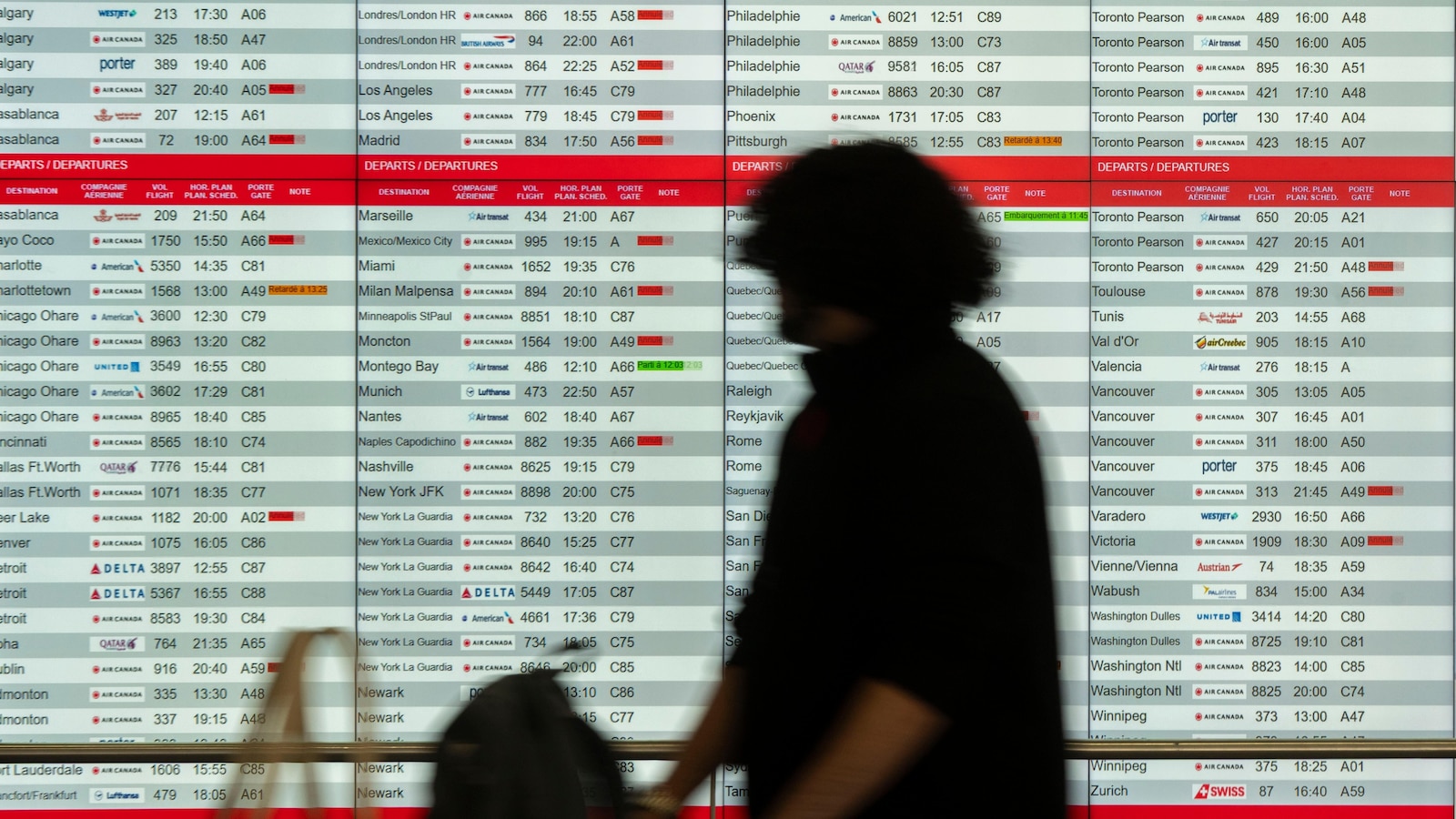Airline Lawsuits: Deceptive Practices and Hidden Fees
Introduction
In recent years, the airline industry has faced numerous lawsuits from disgruntled passengers. The latest controversy involves Delta and United Airlines, as a pair of federal lawsuits have been filed against them for allegedly misleading customers by charging premium fees for window seats next to blank walls. The lawsuits, filed in San Francisco and New York, accuse the airlines of false advertising and deceptive business practices. This has sparked outrage among passengers who feel cheated and misled by these major airlines.
Key Details
The lawsuits were brought as proposed class actions by a New York law firm, representing a group of passengers who feel they have been deceived by the airlines' seat selection process. These passengers paid extra for window seats, only to find that they were seated next to blank walls, with no view of the outside. This is particularly concerning for those who paid a premium for the window seat, expecting to enjoy the view during their flight.
This is not the first time Delta and United Airlines have faced backlash from customers. In 2019, they were sued for charging extra fees for carry-on bags, which were later dropped by the airlines. This latest controversy has once again brought to light the issue of hidden fees and misleading practices in the airline industry.
Impact
The impact of these lawsuits could have far-reaching consequences for the two airlines. If found guilty, they may have to reimburse passengers
About the Organizations Mentioned
Delta Airlines
Delta Air Lines, founded in 1925 as Huff Daland Dusters, began as the world’s first aerial crop-dusting company based in Macon, Georgia. Transitioning to passenger service by 1928 as Delta Air Service, it was named for the Mississippi Delta region it initially served. The airline’s first passenger flight occurred in 1929 between Dallas, Texas, and Jackson, Mississippi, marking the start of its evolution into a major commercial carrier[1][5][7]. Over the decades, Delta expanded aggressively through innovation and acquisitions. By 1970, it operated an all-jet fleet. Key milestones include acquiring Northeast Airlines in 1972, launching trans-Atlantic flights in 1978, and beginning trans-Pacific service in 1987. Delta pioneered the hub-and-spoke model in the 1950s, establishing Atlanta as a major global hub. The acquisition of Western Airlines in 1987 and Pan Am’s trans-Atlantic routes in 1991 further solidified its international presence, making Delta the leading airline across the Atlantic[2][6][7]. Delta also introduced customer-centric innovations such as the first U.S. frequent-flyer program in 1981 and in 1997 became the first airline to board over 100 million passengers in a year[2]. However, the airline faced challenges, filing for bankruptcy in 2005 due to rising fuel costs but successfully restructuring and rebuffing a hostile takeover. In 2008, Delta merged with Northwest Airlines, creating the world’s largest airline at the time, with an extensive global network covering more than 290 destinations on six continents[3][6][7]. Today, Delta is recognized for its operational excellence, customer experience, and sustainability initiatives, including a commitment to achieve net-zero carbon emissions by 2050. Its journey from crop dusting to a leading global airline reflects a century of innovation, resilience, and strategic growth, making it a key player in the business and
United Airlines
United Airlines is one of the most prominent names in the aviation industry, with a rich history that mirrors the evolution of commercial air travel. The organization traces its origins back to 1926, when Varney Air Lines was established by Walter Varney, marking the beginning of what would eventually become United Airlines[5][6]. In 1931, United Air Lines was formed as a subsidiary of the United Aircraft and Transport Corporation, consolidating several airlines, including Boeing Air Transport and Pacific Air Transport[1][2]. Throughout its history, United Airlines has been at the forefront of innovation in aviation. It introduced the Boeing 247 in 1933, the first modern airliner, enabling non-stop transcontinental flights[1]. During World War II, the airline played a crucial role in modifying aircraft for military use and transporting supplies[1]. In the post-war period, United expanded rapidly, merging with Capital Airlines in 1961 and becoming a major proponent of airline deregulation in the 1970s[1][2]. In recent decades, United has continued to grow and adapt. It launched the Star Alliance in 1997 and acquired significant route authorities from Pan Am in the late 1980s and early 1990s[1]. The airline faced significant challenges, including the September 11 attacks and bankruptcy in 2002, but emerged stronger after restructuring and merging with Continental Airlines in 2010[1][5]. Today, United Airlines is one of the world's largest carriers, operating flights to over 300 destinations across six continents and serving more than 140 million passengers annually[7]. The airline continues to innovate, introducing new services like United Polaris for enhanced passenger comfort[2]. United's commitment to technology and customer experience has positioned it as a leader in the global aviation industry. Notable achievements include its role in pioneering transcontinental flights and its contributions to the development of modern air travel standards[1][4].
New York Law Firm
The term "New York Law Firm" broadly refers to the diverse and dynamic legal market in New York City, which hosts some of the world's most prestigious and influential law firms. These firms serve a wide range of clients, including multinational corporations, financial institutions, startups, and nonprofits, with practices spanning corporate law, finance, litigation, real estate, and emerging areas like cybersecurity and venture capital[4][10]. New York's legal market is the largest in the U.S. by headcount and is considered the financial capital of the country, heavily influencing the types of legal services in demand. The city’s firms are renowned for expertise in transactional work such as mergers and acquisitions (M&A), private equity, capital markets, and complex litigation, often handling cross-border and interdisciplinary cases[4][8]. Many top firms have global platforms with New York offices acting as hubs for sophisticated legal representation in industries like financial services, technology, life sciences, energy, and entertainment[8][10]. Historically, New York law firms have shaped the legal landscape through landmark deals and litigation, with firms like Skadden, Arps, Slate, Meagher & Flom LLP and Weil, Gotshal & Manges LLP playing pivotal roles in major corporate transactions and bankruptcy restructurings[10]. The market includes both large international firms and smaller boutique firms, offering a broad spectrum of services and maintaining high compensation standards that set benchmarks nationwide[4]. In addition to large firms, New York supports a vibrant community of small and solo law firms, supported by organizations like the New York City Bar Association’s Small Law Firm Center. This center provides professional development, CLE courses, networking opportunities, and resources tailored to help smaller practices grow and thrive in a competitive environment[3]. Overall, New York law firms are distinguished by their **breadth of expertise, historic significance, and central role in global business and finance**, making them a focal point for legal innovation and excellence in business and technology law sector









